The vast, frozen expanses of the Canadian Arctic are home to one of the world’s most mesmerizing vocal traditions—Inuit throat singing, or katajjaq. This ancient practice, rooted in the icy wilderness of the North, is far more than mere entertainment. It is a dialogue with the land itself, a natural polyphony that mirrors the wind’s howl, the creak of shifting ice, and the rhythmic breath of the tundra. Unlike the overtone singing of Mongolia or Tuvan traditions, Inuit throat singing is a communal game, a playful yet profound exchange between women, often performed in close proximity, their voices intertwining like the auroras overhead.
To the untrained ear, katajjaq might sound otherworldly—a series of guttural pulses, sharp inhalations, and resonant harmonics that seem to defy human vocal capacity. Yet, these sounds are deeply organic, born from centuries of adaptation to an environment where silence is rare, and the landscape itself hums with life. The singers mimic the cries of geese, the scamper of Arctic foxes, even the grinding of glaciers—transforming the Arctic’s soundscape into a living, breathing art form. Historically, it was a pastime during long winters, a way for women to bond while men were hunting. Today, it’s a defiant celebration of cultural resilience, a sonic thread connecting generations.
The technique is deceptively simple, yet physiologically astonishing. Two women face each other, holding each other’s arms, their mouths inches apart. One leads with short, rhythmic patterns, while the other responds, filling the gaps. The result is a cascade of overtones—a natural amplification of harmonics created by precise manipulations of the throat, diaphragm, and oral cavity. There are no instruments, no written scores; the music is ephemeral, vanishing as quickly as it emerges, like footprints in snow. The "winner" is the first to laugh or break rhythm, underscoring the tradition’s playful essence.
But throat singing is more than a game—it’s an acoustic homage to the Arctic’s unforgiving beauty. The singers’ breath becomes the wind; their staccato bursts echo the crackle of sea ice. In a land where survival hinges on listening—to the warning groan of thin ice, the distant rumble of a snowslide—throat singing sharpens the senses. It’s no coincidence that many rhythms mirror the pacing of sled dogs or the flap of a drying sealskin. This is music as mimicry, as survival, as reverence.
For decades, colonial policies suppressed throat singing, branding it pagan or uncivilized. By the mid-20th century, the tradition teetered on extinction. Its revival is a testament to Inuit tenacity. Elders like Evie Mark and Taqralik Partridge spearheaded efforts to teach younger generations, blending traditional techniques with contemporary themes—from climate change to identity. Modern practitioners, such as the duo Silla and Rise, now fuse katajjaq with electronica, proving its adaptability. Yet, even in innovation, the core remains unchanged: a conversation with the land, a celebration of breath in a world where cold threatens to still it.
The Arctic’s fragility adds urgency to this art. As permafrost thaws and ice roads vanish, throat singing becomes an archive of disappearing sounds. Scientists note that shifting animal migrations and melting glaciers are altering the very soundscape katajjaq emulates. In response, projects like the Inuit Sound Atlas document these changes, using throat singing as both cultural record and climate protest. The singers’ voices, once echoing across igloos, now resonate in global forums, a reminder that the Arctic’s fate is entwined with ours.
To witness throat singing is to hear the Arctic breathe. It’s a reminder that music isn’t always about melody—sometimes, it’s about the raw, unyielding dialogue between humans and the elements. In the hands of Inuit women, the voice becomes an instrument of ice and wind, a testament to resilience in the face of a warming world. As one elder put it: "We sing not just with our throats, but with the snow under our feet."
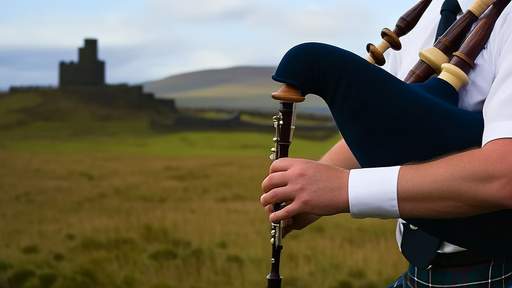
By /Jun 6, 2025
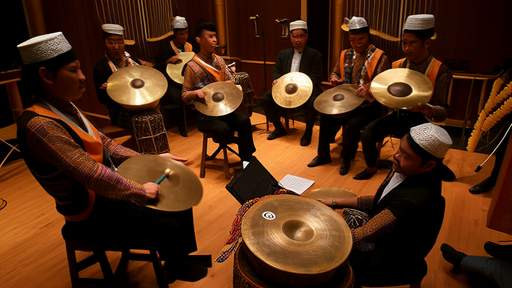
By /Jun 6, 2025
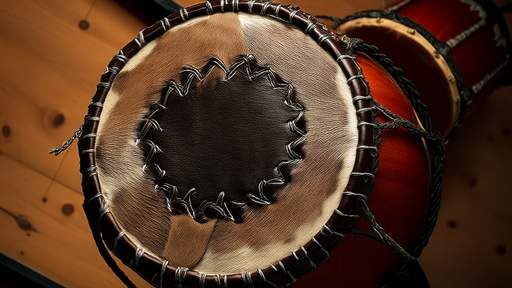
By /Jun 6, 2025
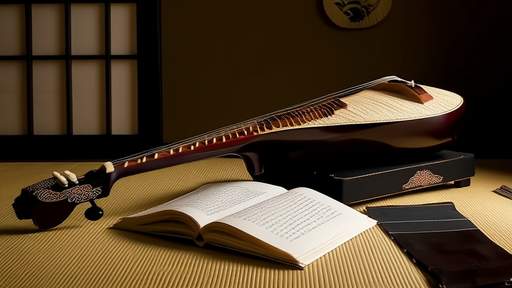
By /Jun 6, 2025
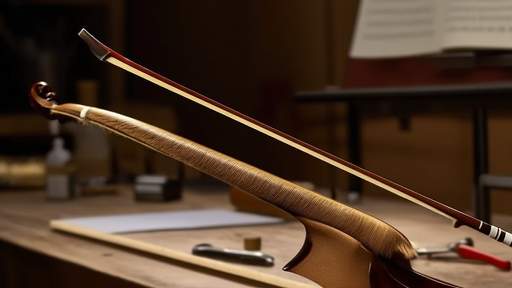
By /Jun 6, 2025
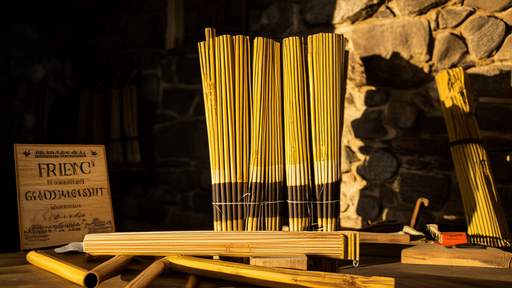
By /Jun 6, 2025
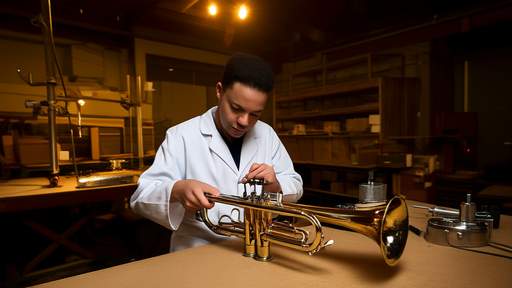
By /Jun 6, 2025
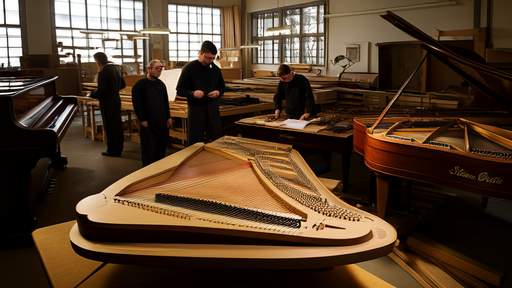
By /Jun 6, 2025

By /Jun 6, 2025
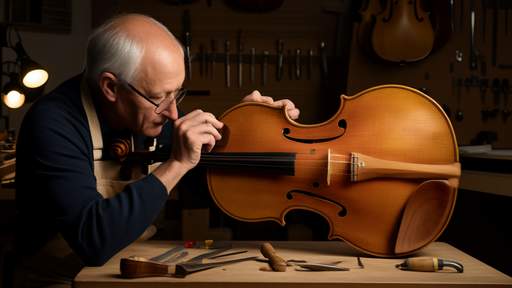
By /Jun 6, 2025
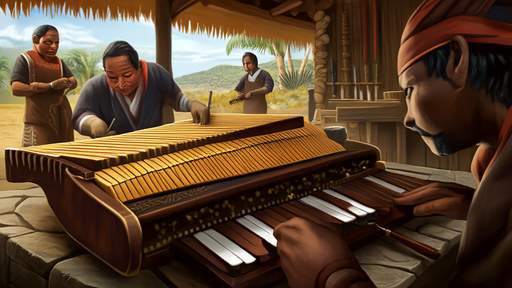
By /Jun 6, 2025
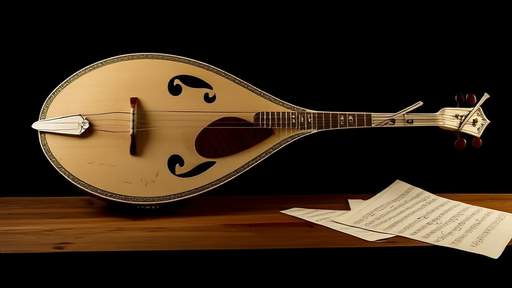
By /Jun 6, 2025
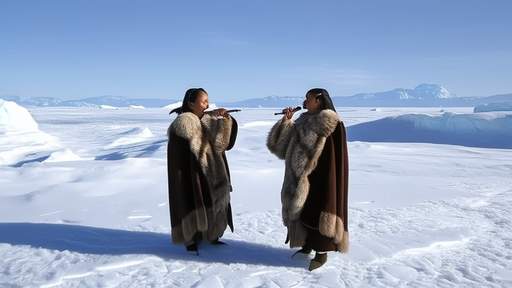
By /Jun 6, 2025
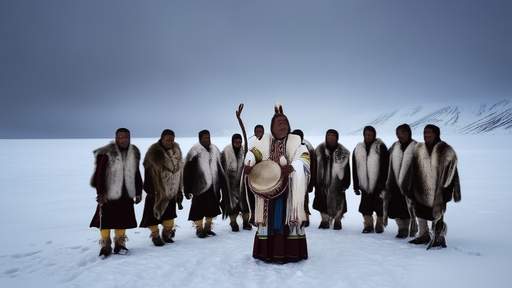
By /Jun 6, 2025
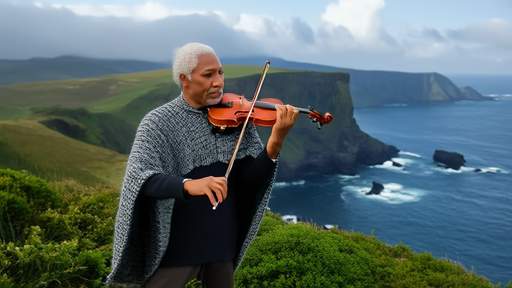
By /Jun 6, 2025

By /Jun 6, 2025

By /Jun 6, 2025

By /Jun 6, 2025

By /Jun 6, 2025

By /Jun 6, 2025